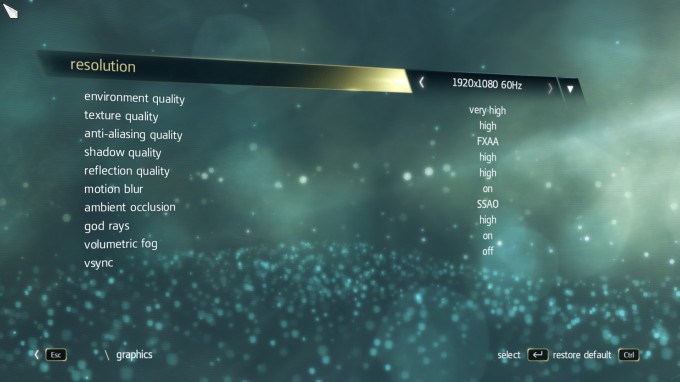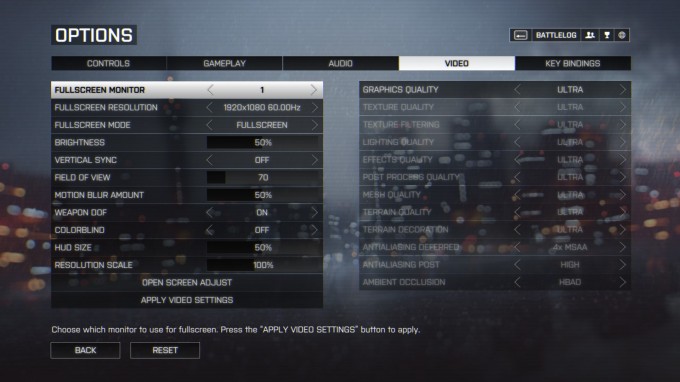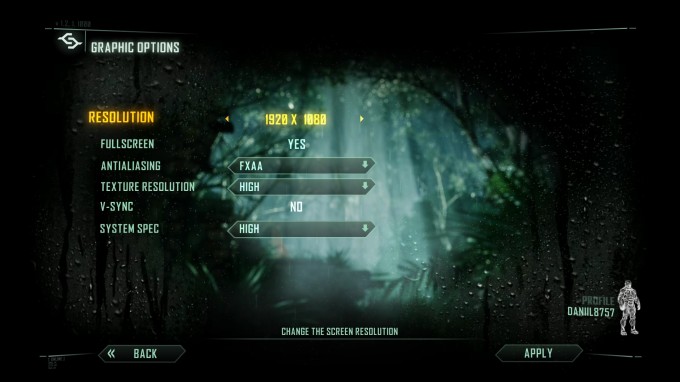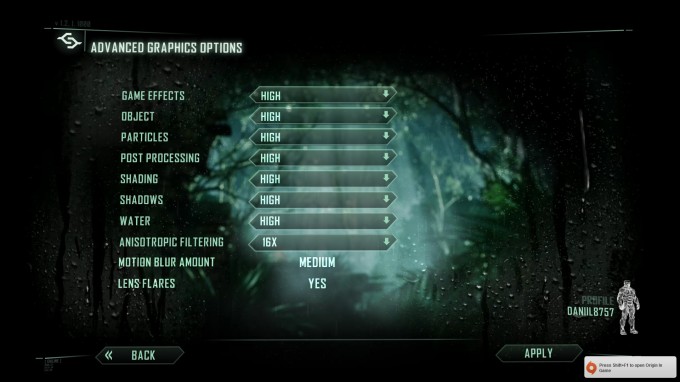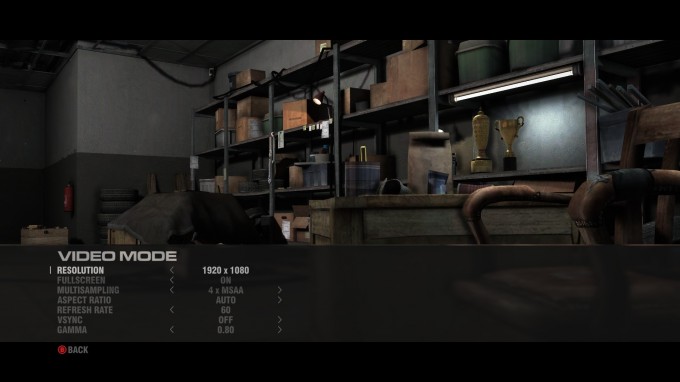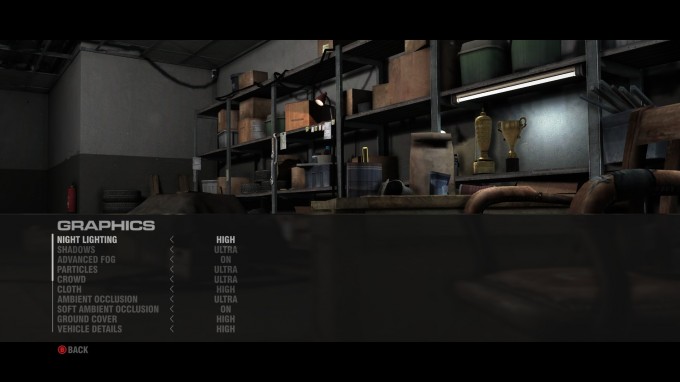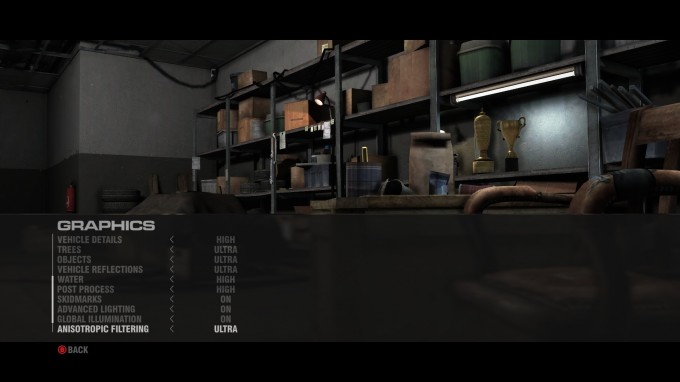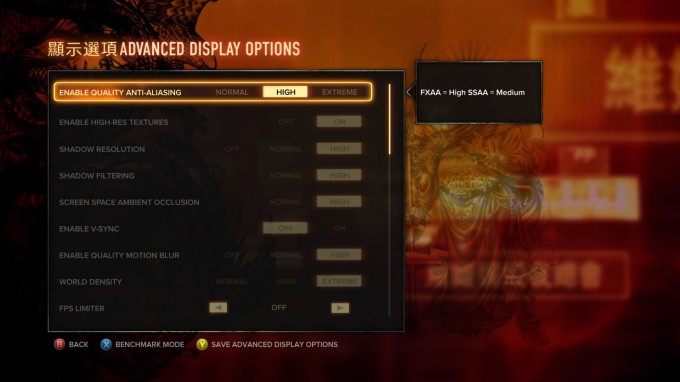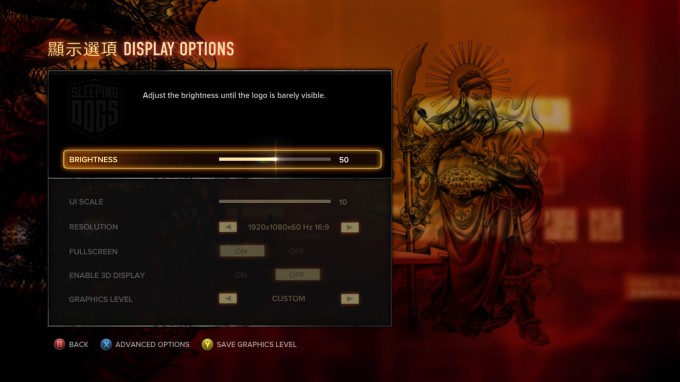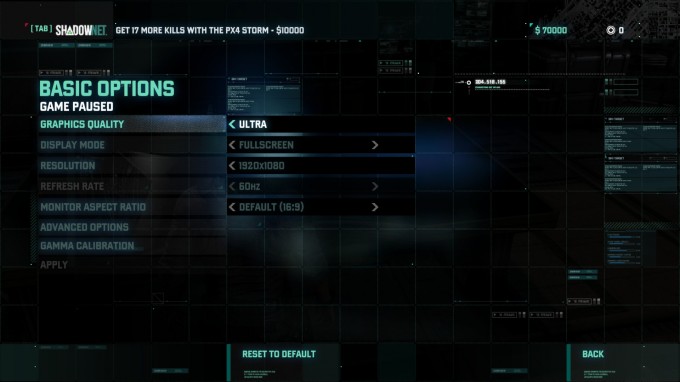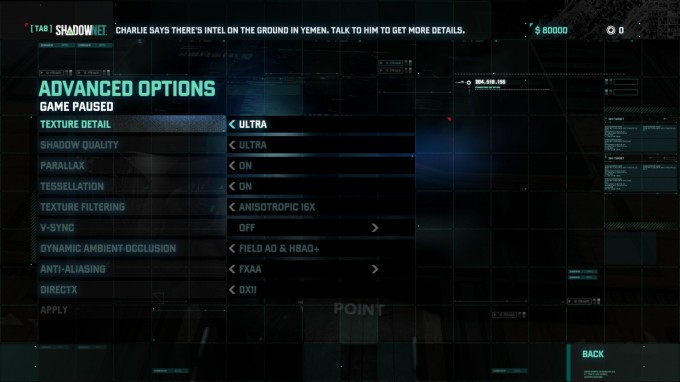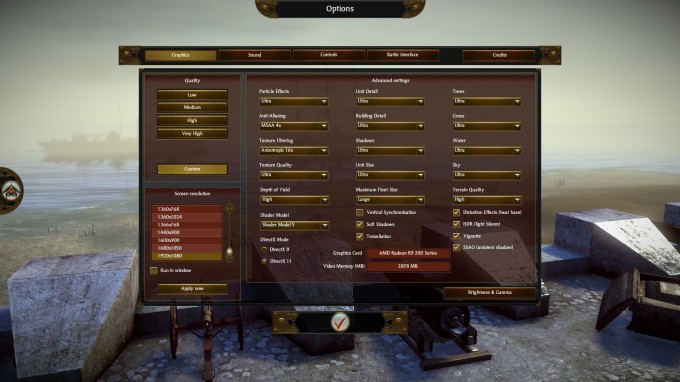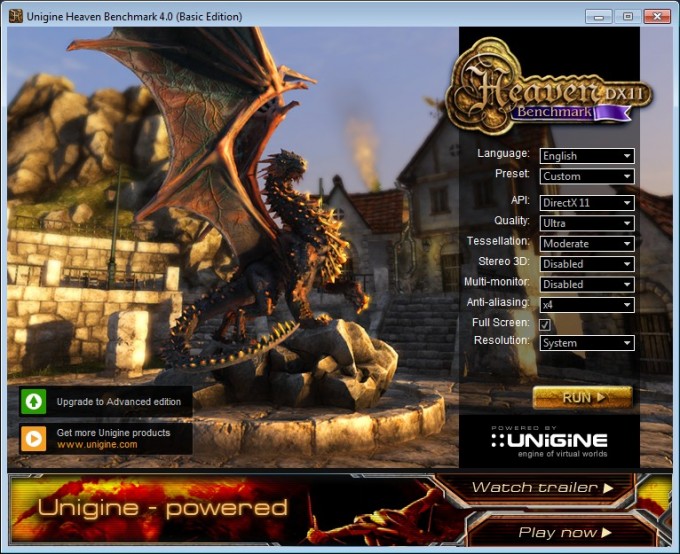- Qualcomm Launches Snapdragon 4 Gen 2 Mobile Platform
- AMD Launches Ryzen PRO 7000 Series Mobile & Desktop Platform
- Intel Launches Sleek Single-Slot Arc Pro A60 Workstation Graphics Card
- NVIDIA Announces Latest Ada Lovelace Additions: GeForce RTX 4060 Ti & RTX 4060
- Maxon Redshift With AMD Radeon GPU Rendering Support Now Available
AMD Radeon R9 290X & NVIDIA GeForce GTX 780 Ti Review

More often than not, every battle in the GPU Wars is hotly contested. From performance to appraisals of value, AMD and NVIDIA always engage in apparent mortal combat with each generation of GPU. This current gen of GPU, though, sees a clear-cut winner in most catagories. So did Team Red win, or did Team Green? Read on to find out!
Page 2 – Test System & Methodology
At Techgage, we strive to make sure our results are as accurate as possible. Our testing is rigorous and time-consuming, but we feel the effort is worth it. In an attempt to leave no question unanswered, this page contains not only our test-bed specifications, but also a detailed look at how we conduct our testing.
Test Machine
The below table lists our testing machine’s hardware, which remains unchanged throughout all GPU testing, minus the GPU. Each card used for comparison is also listed here, along with the driver version used.
| Graphics Card Test System | |
| Processors | Intel Core i7-4960X – Six-Core @ 4.50GHz |
| Motherboard | ASUS P9X79-E WS |
| Memory | Kingston HyperX Beast 32GB (4x8GB) – DDR3-2133 11-12-11 |
| Graphics | AMD Radeon R9 290X 4GB – Catalyst 13.12 (GPU-Z) NVIDIA GeForce GTX 780 Ti 3GB – GeForce 331.93 (GPU-Z) |
| Audio | Onboard |
| Storage | Kingston HyperX 240GB SSD |
| Power Supply | Cooler Master Silent Pro Hybrid 1300W |
| Chassis | Cooler Master Storm Trooper Full-Tower |
| Cooling | Thermaltake WATER3.0 Extreme Liquid Cooler |
| Displays | ASUS PB278Q 27″ 2560×1440 Dell P2210H 22″ 1920×1080 x 3 |
| Et cetera | Windows 7 Professional 64-bit |
Notes About Our High-end System
The goal of our performance content is to show you as accurately as possible how one product compares to another – after all, you’re coming to us for advice, so we want to make sure we’re giving you the best possible information. Typically, one major step we take in ensuring that our performance results are accurate is to make sure that our test systems are void of all possible bottlenecks, so for that, high-end components must be used.
In the case of our graphics card test system, the processor chosen has six-cores and is overclocked far beyond reference clocks. Most games nowadays are not heavily CPU-bound, but by using such a chip, we feel that we completely rule it out as a potential bottleneck. The same can be said for the use of an SSD (as opposed to latency-ridden mechanical storage), and even our memory, which is clocked at the comfortable speed of DDR3-2133.
Why this matters to you: Our test PC is high-end, and it’s very likely that you’d encounter a bottleneck quicker than us. Our goals are to rid all possible bottlenecks, whereas yours is to build the PC you need. In our case, we need to go overboard to attain as accurate a representation of a graphic card’s performance as possible.
If your PC has at least a modern (~2-years-old) quad-core or better processor, and at least 8GB of fast memory (DDR3-1866+), that chances of you running into a bottleneck with today’s hottest game is admittedly low. If you’re using lower-end gear, you can absolutely expect that the rest of your system could be a bottleneck. It should be noted, though, that if you’re seeking out a lower-end graphics card, the importance of a bottleneck would of course be lessened.
Unfortunately, we’re not able to test a single card on multiple PC configurations; each single card we test takes at least 3 hours to test, with another 2 hours added on for each additional resolution, and at least another 1~2 hours for our Best Playable results (for up to 11 hours of mostly hands-on testing for a high-end model).
Please bear all of this in mind. If you’re unsure if your PC could prove to be a bottleneck, our comments section exists for such questions.
When preparing our test-beds for any type of performance testing, we follow these guidelines:
General Guidelines
- No power-saving options are enabled in the motherboard’s BIOS.
- No virus scanner or firewall is installed.
- The OS is kept clean; no scrap files are left in between runs.
- Machine has proper airflow and the room temperature is 80°F (27°C) or less.
To aid with the goal of keeping accurate and repeatable results, we alter certain services in Windows 7 from starting up at boot. This is due to the fact that these services have the tendency to start up in the background without notice, potentially causing inaccurate test results. For example, disabling “Windows Search” turns off the OS’ indexing which can at times utilize the hard drive and memory more than we’d like.
The services we disable are:
- Windows Defender
- Windows Firewall
- Windows Search
- Windows Update
For further fine-tuning, we also use Windows’ “Classic” desktop theme, which gets rid of the transparency that can sometimes utilize a GPU in the background.
Vendor Favortism
Sometimes, either AMD or NVIDIA will work with a game studio to help their development process along. As history has proven, this often results in a game that is tuned better for one vendor over the other, although sometimes the tides can change over time, resulting in the competing vendor offering the better experience.
One of our goals is to provide as neutral a benchmarking suite as possible, so while it’s impossible to avoid games sponsored by either of these companies, we can at least make an effort to achieve a blended list. As it stands, our current game list and their partners are:
(AMD) – Battlefield 4
(AMD) – Crysis 3
(AMD) – Sleeping Dogs
(NVIDIA) – Assassin’s Creed IV: Black Flag
(NVIDIA) – Metro: Last Light
(NVIDIA) – Splinter Cell Blacklist
(Neutral) – GRID 2
(Neutral) – Total War: SHOGUN 2
With that, let’s move on to a quick look at the game settings we use in our testing:
Assassin’s Creed IV: Black Flag
Battlefield 4
Note: The “High” preset is used for multi-monitor configurations.
Crysis 3
Note: The “Medium” preset is used for multi-monitor configurations.
GRID 2
Metro Last Light
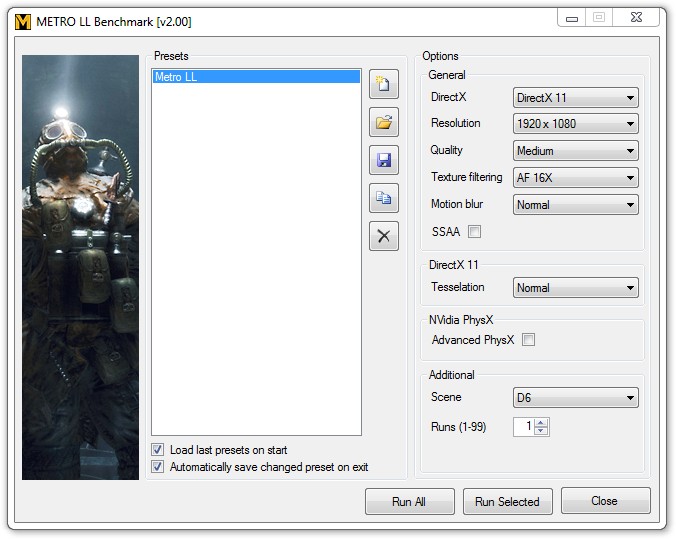
Sleeping Dogs
Splinter Cell Blacklist
Total War: SHOGUN 2
Unigine Heaven
Support our efforts! With ad revenue at an all-time low for written websites, we're relying more than ever on reader support to help us continue putting so much effort into this type of content. You can support us by becoming a Patron, or by using our Amazon shopping affiliate links listed through our articles. Thanks for your support!




